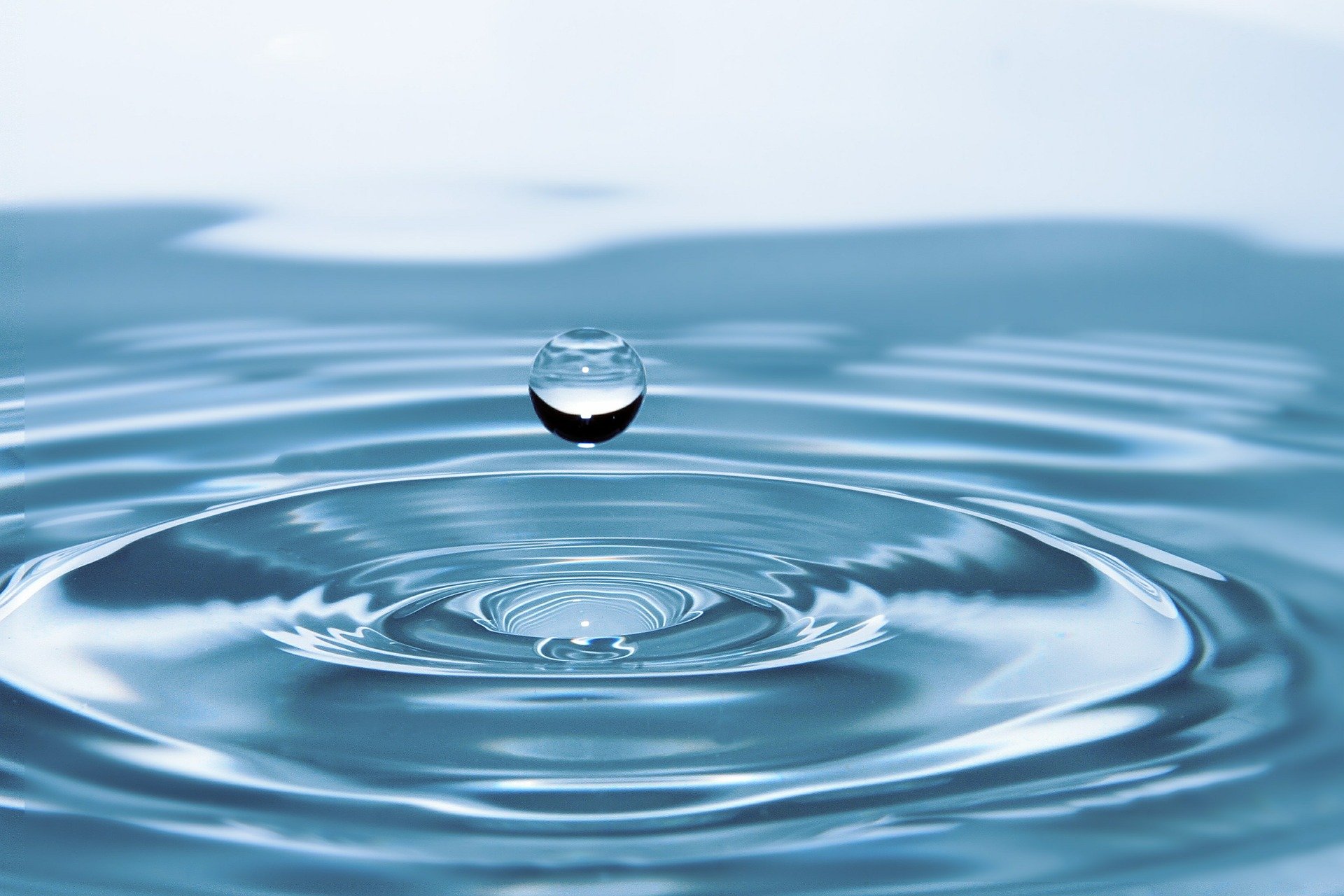Dry running is a common and potentially expensive issue that many pump operators can experience in a variety of applications. In any process where variable or constant torque pumps are distributing liquid, such as in water treatment or distribution, chemical processing, grinding, mixing, or other liquid distribution applications it is paramount for equipment performance to maintain proper fluid levels.
Pump Failure Due To Dry Running
Liquid acts as a lubricant and coolant as it is moved to the pump, and running dry quickly causes serious problems. Dry running causes pumps to experience serious issues, which can lead to hazardous situations with pumps leaking, and expensive repairs or even pump replacement may be needed. Dry running can lead to pump damage, total pump failure, and damage to the entire hydraulic system.
Some of the most common problems and damage that occurs from dry running include:
Damage to the impeller – Dry running causes pump friction which heats the impeller and causes it to melt on the shaft. Even a minor amount of melting will be extremely detrimental to pump performance and could cause it to seize up and stop working altogether. Preventive operating practices could prevent costly and time-consuming repairs, which entail taking the pump apart and cleaning the bore of the impeller or other costly repairs.
Damage to the housing – excessive temperatures can cause pitting in the housing, leaks, and ruin your pump. If the pressure and the heat are high enough, the housing boss can actually deform and prevent the impeller from rotating freely, which renders your pump functionally useless. A severely damaged pump that is leaking will typically need to be replaced, which causes increased, unexpected expenses.
System contamination – when dry running causes internal wear, this can lead to excessive wear throughout the entire system. Excessive heat or metal particles caused by the disintegration of moving pieces in the pump can travel through the rest of the system. These loose metal particles are particularly damaging and can clog or even cut through valve components, tubes, and pipes and cause a system failure.
Seal loss and damage – dry running also causes damage to seals as they can overheat, burn up, and completely fail.
If dry pumping is necessary for operations like total tank transfer, consult with a pump specialist for recommendations on preventing damage and dry pumping safely.
Prevent Dry Running Pump Damage
Pump managers know that protecting their pump and process equipment is an important part of overall business operations. Pump monitoring provides predictive maintenance solutions to prevent costly damage and repairs from occurring. Human error is the typical cause of most dry running failures and pump processes and often occurs when a pump is left unattended after completion of offloading or if pump system priming was performed incorrectly prior to running.
Dry running, in addition to the wear and tear caused to the pump, is a very costly issue in terms of repairs and replacement, as well as lost production and unplanned downtime.
Illinois Process Equipment, IPE, is a leading Midwest pump and process equipment supplier, offering solutions to prevent dry running. We offer complete pump services and differ from other pump suppliers with our high level of technical expertise and comprehensive pump services. Contact us with any questions and to learn more about how to prevent pump dry running.



